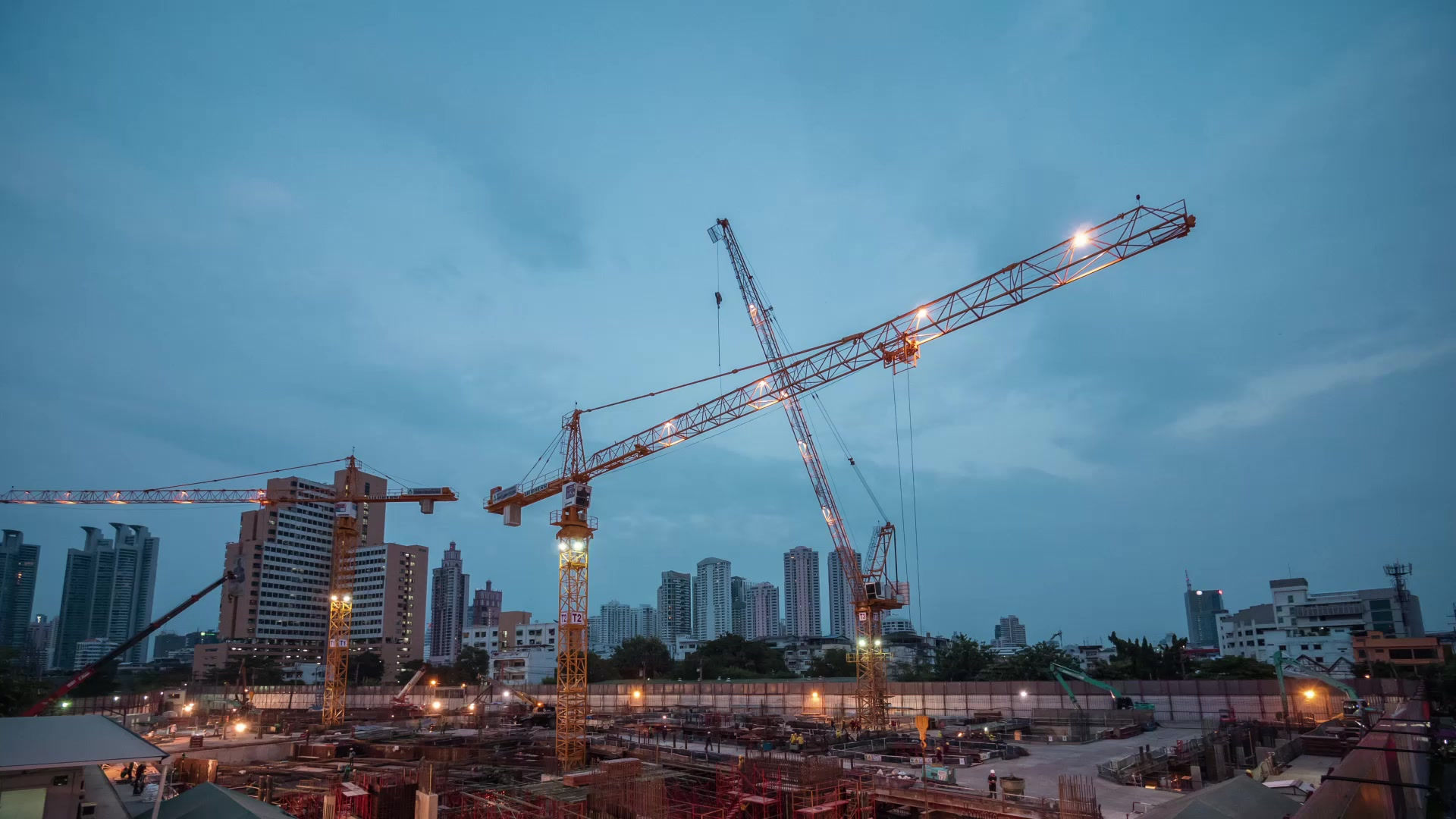The Ultimate Property Maintenance Checklist for Landlords
- TurnKey Rental Management
- Oct 3
- 3 min read
Proper maintenance is the backbone of stress-free property ownership. A well-maintained rental protects your investment, keeps tenants satisfied, and helps avoid costly emergencies. This checklist covers essential tasks—from safety checks to seasonal tune-ups—so landlords can stay proactive and preservation-minded.
1. Safety & Emergency Preparedness
Smoke & Carbon Monoxide Detectors: Test monthly, replace batteries biannually, and replace units every 5–10 years.
Fire Extinguishers & Exits: Inspect pressure monthly; have annual professional servicing. Confirm emergency lighting and exit routes are functional.
2. HVAC, Heating & Cooling Maintenance
Filter Replacement: Change or clean HVAC filters every 1–3 months to maintain efficiency.
System Tune-Ups: Schedule HVAC servicing before extreme weather; flush water heaters twice yearly.
3. Structural Integrity & Water Management
Roof, Gutters & Downspouts: Clean semi-annually (spring and fall), check for leaks, and repair shingles or blockages. Ensure water flows away from the foundation.
4. Plumbing & Leak Prevention
Leak Inspections: Annually—or after storms—inspect under sinks, toilets, and appliances for moisture or drips.
Fixture Maintenance: Refresh caulking/grout in bathrooms and kitchens. Clear drains and use hair catchers to prevent clogs.
5. Appliances & Utility Systems
Function Checks: Test major appliances regularly—look for leaks, correct operation, and clean coils (e.g., refrigerators).
Electrical Systems: Verify outlets, switches, wiring, and lighting fixtures are safe. Inspect breaker panels.
6. Pest Control & Lease Compliance
Pest Inspections: Look for signs like droppings or nests; respond promptly with treatment if needed.
Lease Violations: During inspections, look for unauthorized pets, occupants, or damaging behaviors.
7. Exterior, Grounds & Seasonal Tasks
Trees, Walkways & Landscaping: Trim overgrowth, inspect driveways or paths for cracks or hazards.
Seasonal Upkeep:
Spring: Roof inspection, gutter cleaning, air conditioner prep.
Summer: Clean exteriors, maintain irrigation systems, pest control.
Fall: Furnace tune-up, weather stripping, winterize faucets.
Winter: Address ice dams, clear snow and apply ice melt, check indoor plumbing.
8. Interior Fixtures & Wear Monitoring
Floors, Windows & Doors: Inspect for wear, broken seals, or cracks. Repair as needed.
General Upkeep: Attend to drywall cracks, loose hardware, and flooring issues promptly.
Reddit Insight
“Yearly: Flush water heater, check gutters, inspect roof; Monthly: change HVAC filters, check for leaks; Weekly: inspect exterior and yard maintenance.”
Final Summary
A well-organized property maintenance routine is the landlord’s best defense against emergencies and tenant turnover. Whether you're prioritizing safety, ensuring structural health, or prepping seasonally—following this checklist keeps your investment secure and your tenants happy.
Frequently Asked Questions
What is a checklist in maintenance? A maintenance checklist is a structured list of tasks—routine, seasonal, or safety-related—that ensures systematic property care and helps prevent issues from escalating.
What are the 7 elements of preventive maintenance? Preventive maintenance typically includes inspection, lubrication, adjustment, cleaning, repair, testing, and record-keeping to preserve asset longevity.
What maintenance does a house require? Essential maintenance includes safety checks (smoke/CO detectors), HVAC upkeep, appliance inspections, plumbing and leak detection, roof/gutter cleaning, and seasonal preparations (winterizing or AC service).
What is the 10 preventive maintenance? Commonly overlooked annual tasks include inspecting the roof, cleaning gutters, testing safety detectors, servicing HVAC and water heaters, flushing dryer vents, checking for pests, sealing gaps, and verifying structural wear.
What is the 10 rule in maintenance? The “10 rule” often refers to prioritizing 10 critical tasks—like safety checks, structural inspections, and seasonal prep—aimed at minimizing risks through regular, focused attention.





Comments